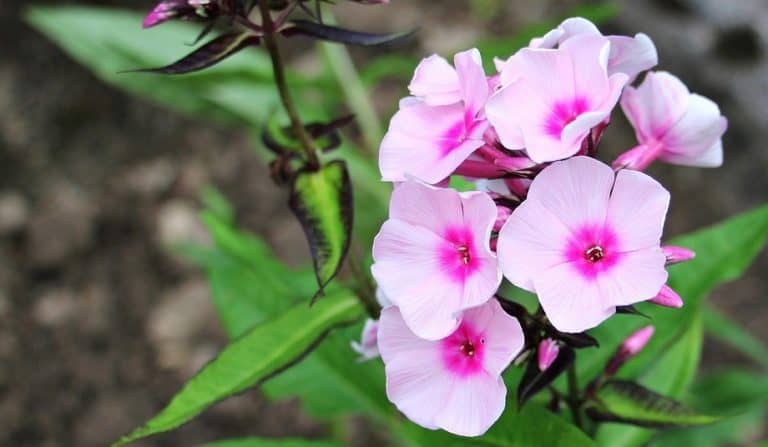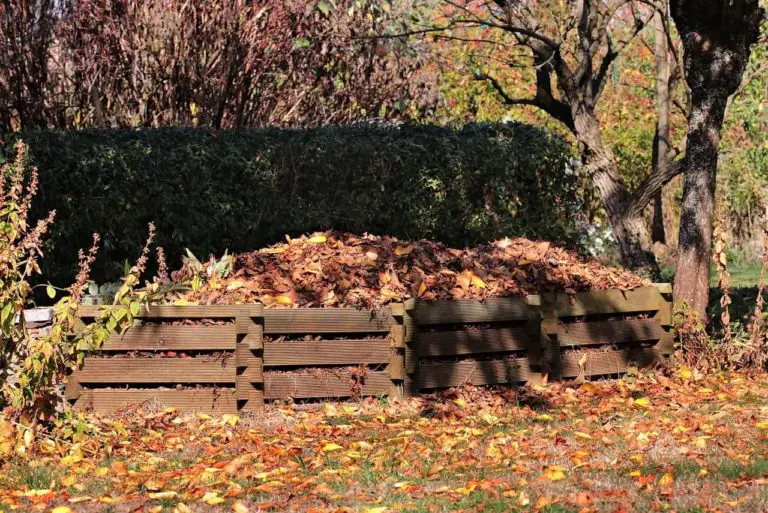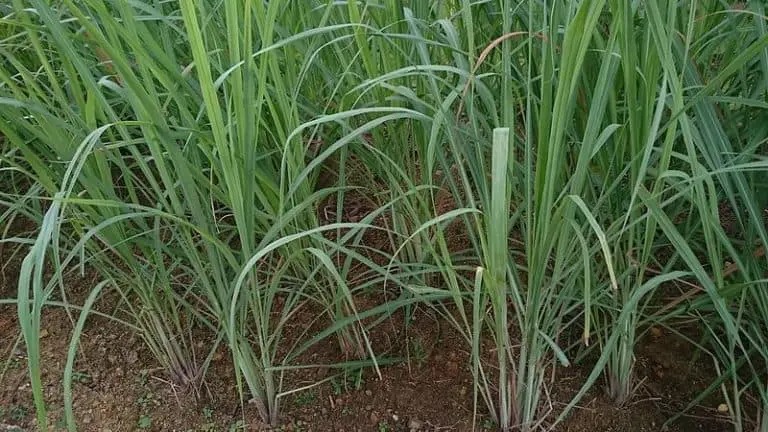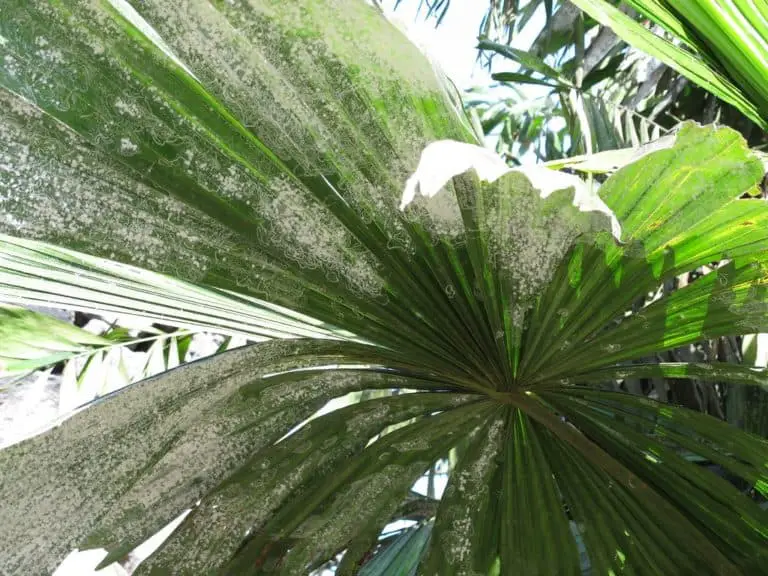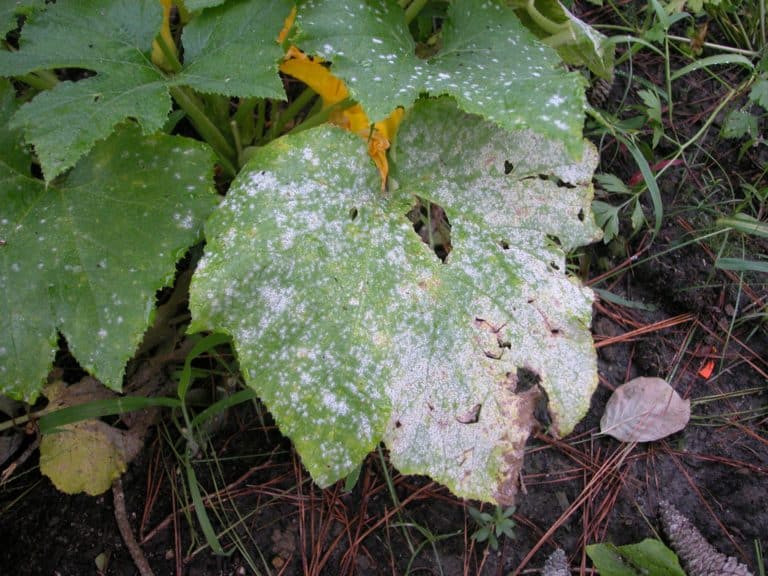How To Grow Kumquats: Complete Guide To Kumquat Tree Care
Kumquat isn’t just ridiculously fun to say over and over again, it’s also really fun and rewarding to grow. Kumquats are round, orange like fruits.
The inside of the fruit can be quite bitter but the outside skin is very sweet. Though they may look like oranges, the big difference is that you can eat the skin of a kumquat, but you can’t with an orange. That’s what makes kumquats very popular to grow.

Luckily kumquat trees aren’t too hard to get started. With our handy guide to help, you’ll soon have a tree of your very own.
Contents
Kumquat Trees
The fruit kumquat grows on trees known as evergreen, because they are in fact ever green all year round. These beautiful trees can grow from anywhere between 6- 16 feet tall, and are native to South China.
Kumquat trees actually represent prosperity, wealth, and abundance, so growing one might be a great way to kick start your luck.
How To Plant A Kumquat Tree
It’s not as difficult as it seems to plant a kumquat tree, and to make things even easier we’ve broken down the steps for you.
Step One: Germinate Your Seeds
Like an orange or an apple, a kumquat comes prepackaged with it’s seeds in the middle of the fruit. This can be a little annoying when all you want is to bite down into that juicy fruit with all you’ve got and instead come out with a mouthful of seeds.
However this is very useful for those who want to plant their own kumquat tree.
- First get a kumquat, cut it open and harvest the seeds inside.
- Clean the seeds then wrap them in a damp paper towel, preferably in the early spring. The more seeds the more chance of germination.
- Put the paper towel full of seeds in a resealable bag and make sure all the air has been pushed out. Air will dry out the seeds and they need to be kept moist.
- Keep the bag in a warm/humid environment. I.e. windowsill, above heater, seedling mat. Keep it there for at least a week and you’ll see the seeds split open and begin to germinate. If they have not, keep them in place for an additional week.
Step 2: Plant Your Germinated Seeds In A Container
Find a container, roughly the size of your hand at least, to plant the germinated seeds in. Fill it with soil, dig a hole big enough for the seeds, and plant them in the hole, covering them back up with soil.
Place the container in a warm area with plenty of sunlight, preferably indoors unless it is warmer outdoors at all times. Make sure to water your seeds daily.
IMPORTANT: DO NOT USE FERTILIZER IN FIRST 3 MONTHS. Fertilizer will burn the roots of the kumquat plant as they are extremely sensitive.
Step 3: Re-plant Into A Permanent Spot
After about a month, you should start to see your kumquat tree shooting up and forming roots. When it gets too big for the container you should then transplant it to where you want it to permanently stay.
The ideal spot would be outside, in a place where the roots have lots of space to spread out and the tree can grow tall.
Step 4: Plant Care And Harvest
After replanting the tree, continue to water it. You’ll see your tree growing slowly. It takes a lot of patience to grow a Kumquat tree. They grow at a moderate rate of about 24 inches per year.
It will take about 2-4years before you see any fruit forming. Sometimes it can take as long as 10 years. So don’t expect instant results. But when you eventually do get to taste that tart fruit, it’ll be worth it, we promise.
Kumquat Tree Requirements

It’s all very well and good telling you how to plant a kumquat tree, but it’s not as simple as just sticking the seeds in the ground and waiting.
Kumquat trees, as with most plants, have their own requirements to be able to grow well. And before you can meet those requirements you need to know what they are…
Climate
Native to China, it’s no surprise then that kumquat trees actually prefer a warm climate to grow. That’s why the best time to germinate your seeds is during the spring, so that way when it comes to planting it’ll do the majority of its hard growing during summer.
But don’t despair, it doesn’t mean the tree will die the second it gets too cold. Though they are best to start off in a warm climate, kumquat trees can withstand low temperatures of up to 18°F (-7°C). As for heat, they can withstand incredibly hot temperatures of well over 100°F+ (38°C+).
Soil
America is a huge country, with an incredibly varied climate. The varied climate makes for very different types of ground and soil all over the country.
What might be a great area to grow an apple tree might not be a good area to grow a kumquat tree. So how do you know which soil and area will be good for growing? Easy.
The United States Department of Agriculture (USDA) came up with a system that mapped and defined ‘Hardness Zones’ throughout the country.
Nowadays they’re just referred to as zones. But these zones take into account the climate conditions, soil, and ground conditions and register the areas based on zones.
Then, when it comes to growing, there are recommended zones where you can grow whatever you want to, all you have to do is search it up.
Kumquat trees can be grown in Zones 8b to 11 in the soil. They do best in soil with a neutral PH. Make sure the soil is not too wet to avoid root rot. When planting in a container of any sorts, ensure there are holes to promote good soil drainage.
Sun
The sun is an important requirement for any plant. Plants use sunlight, water and carbon dioxide during a process called photosynthesis.
Photosynthesis creates energy for the plant by making sugars inside the leaves which fuel it, like food does to us. You have to be careful though, because too much sun can dry out and sometimes even burn a plant.
Kumquat trees grow best in environments with lots of sunlight. They need sunlight for at least 6-8 hours a day, and would even be better off with more than that. Make sure to position your kumquat tree somewhere there is plenty of sunlight.
Water
Water is a major part of the photosynthesis equation. It also stops plants from drying out and keeps them hydrated.
Water is as important to plant health as it is to ours. However, you need to get the watering ratio just right. It’s possible to underwater and overwater plants.
Underwatering will result in the plant drying up and dying. Overwatering will result in drowning the plant, it won’t be able to absorb that much water and will die.
Overwatering can also ruin the soil and therefore the nutrients of the plant. You should aim to water your kumquat more often when it’s a baby plant, ideally once a day when it’s hot.
Water until the first two inches of soil are wet, but not boggy. Do not water it again until the water is dried from the soil.
Then when your kumquat tree begins to mature you can reduce watering to about twice a week during warm weather.
During the colder months it can go down to once a week, as the water will not be drying out as often. And rainfall means less watering, as it’s nature’s way of watering the tree so you don’t have to.
In fact, if there’s regular rainfall in your climate, then you may not have to water it much at all.
If your kumquat tree is in a container, make sure to water it more often than when it’s planted in the ground. This is because the soil will dry out quicker. Ensure that there’s proper drainage in the container so the soil doesn’t get too wet and cause root rot.
Pollination
Pollination is the way a plant can be fertilized for reproduction. Many plants do this via bees or other insects carrying off their pollen. However, trees are a little bit different. Since most of them don’t actually have pollen, they have to get creative.
Kumquat trees reproduce by themselves, making them self-fertile. One single kumquat tree will produce thousands of kumquats in its lifetime.
Inside a single kumquat there can be anywhere from 3 to 30 seeds. These seeds are how the kumquats reproduce. Our whole guide to growing a kumquat tree is based on taking the seeds from a kumquat.
Interestingly kumquat trees actually also have flowers. Alongside the fruit, small white petalled flowers will grow. They smell insanely good and are also used for pollination via insects and bees, in the wild.
Pruning
Pruning is a way of keeping a plant healthy. It involves actively cutting off any dead or dying branches or stubs, and makes room for more growth. Put it this way, if your limb died it would be cut off to prevent infection. Same goes with a plant.
Pruning needs to be done at specific times to avoid the whole of the plant dying, or causing any type of disease or infection.
For a kumquat tree, the best time to prune is after fruiting. Fruiting is when the tree produces ripe fruit, ready to be plucked. Ideally your kumquat tree will be at it’s best then.
The best way to prune a kumquat tree is by cutting off any dead branches. You can tell if a branch is dead by scratching it deep enough to get under the layer of bark. If the skin is green then the branch is alive, if it’s dry, brittle and brown it’s dead. Get rid of it.
It might also be good to prune some branches on the top to allow more sunlight to filter through the branches to bottom ones. This will help the growth and fruiting.
You can also prune a tree if you think it’s getting too big, or you want to change the shape. This involves cutting live branches and should be fine, so long as it’s not too many.
Fertilization
There are generally two types of plant fertilization. The first type we covered in pollination, and is the reproduction of a plant.
The second is the act of using fertilizer to increase the nutrients that the plant is receiving. Typically you should not fertilize a kumquat tree because the roots are super sensitive and fertilizer can cause them damage.
However there are different types of fertilizers that do work. Since kumquat trees are a type of citrus tree, the best type of fertilizer is a citrus fertilizer.
You can use fertilizer up to 3 times a year, and it will help feed the plant and make it nice and healthy. BUT remember to keep the fertilizer AWAY from the trunk of the tree or else it will cause damage.
Kumquat Tree Growth
Kumquat trees are very tall. The smallest one would probably still tower over you. They can grow as tall as 6-16ft (2-5 meters) and can be as wide as 6ft (2 meters). Though it can take around 2-10 years for a kumquat tree to reach its full height.
When Does A Kumquat Tree Give Fruit?

Obviously when you first start growing a plant, it won’t immediately start producing fruit. The plants first priority is always growing it’s roots, shoots, leaves, or bark, first. It can be anywhere between months to years depending on the kind of plant it is.
Kumquat trees take about 2-4 years to produce their first fruit. How long it takes will depend on the climate, nutrient availability, soil, and sunlight.
Kumquat trees will grow their flowers in about the same amount of time, but the flowers will only really bloom in the summer.
When your kumquat tree does start to bear fruit, you don’t have to pick them right away for fear of them going bad. Kumquat trees are able to hold their fruit for a long period of time.
After picking, a kumquat tree will take about 90 days to produce another full grown kumquat.
Kumquat Tree Variations
As with apples, there’s more than one type of kumquat. The type of kumquat you get will depend on the type of kumquat tree it’s from, and you’ll be surprised to know that there’s quite the variety.
The most common known are these four; Meiwa Kumquat tree, Nagami Kumquat tree, Hong Kong Kumquat Tree, and the Marumi Kumquat Tree.
Nagami kumquat trees were introduced, in 1846, from China to London, by Robert Fortune.
Fortune was a plant explorer for the Royal Horticultural Society. This variant is able to withstand colder climates and is drought tolerant. They’re even more pest resistant than their origins. This made them excellent for the UK climate. Nagami is probably the most popular kumquat tree variety.
Marumi is quite close to Nagami in it’s tolerance and pest resistance. Typically the kumquat has a bitter peel, but the Marumi variety actually has a sweeter and thinner peel.
The Meiwa variety is the offspring of Nagami and Marumi together. Therefore it’s inherited a lot of traits from its parent plants. With sweet insides and a sweet peel, this variety is known as the sweetest kumquat.
The Hong Kong kumquat tree is probably the most compact. From the fruit right down to the roots, it’s the smallest kumquat tree variety.
The kumquats produced will rarely be over 1 ½ inches in diameter. The actual tree itself is very petite and spiny, while the leaves are narrow and small.
How To Tell When A Kumquat Is Ripe?
Plants are basically nature’s ovens but without the timers. They’ll incubate whatever fruit for however long it can but it’s our job to be able to tell when they’re ripe enough to be picked.
Most of the time you’ll be able to tell when a fruit or vegetable is ripe because there’s a change in shape and color.
The same is true of kumquats. A kumquat is ripe when it’s a round shape and goes from green to orange. It has to be orange all over, not just with patches of orange.
Taste wise, the insides should be quite tart, sometimes sweet, though the peel will generally always be sweet. If the whole fruit is bitter or green, then it’s not ready to be harvested.
Common Kumquat Tree Problems
Kumquat trees may have their benefits, and be easier to grow than some other plants, but they have their share of problems too.
Because kumquat tree roots are very sensitive, kumquats are easily affected by root rot. Root rot is a common plant disease, where roots will start to decay while the plant is still living, and eventually kill the whole plant.
It’s caused by fungi which is very commonly transmitted through soil that’s too wet, an unclean container, or just too much water in general.
Tasty Kumquat Treats
The whole point of a kumquat tree is to finally be able to dig in the kumquats! Some of the tastiest treats to eat in China, where the tree is native to, are candied kumquats. These are kumquats dipped in caramel.
Another popular kumquat recipe is Russian Kumquat jam. Russian kumquat jam is a tasty blend of East meets West.
Final Thoughts
We hope this helped you understand how to grow a kumquat tree, and the level of care that goes into it. Though it might take a few years before you get to see the fruits of your labor (literally), hopefully you’ll be harvesting these tasty fruits with a proud smile!

